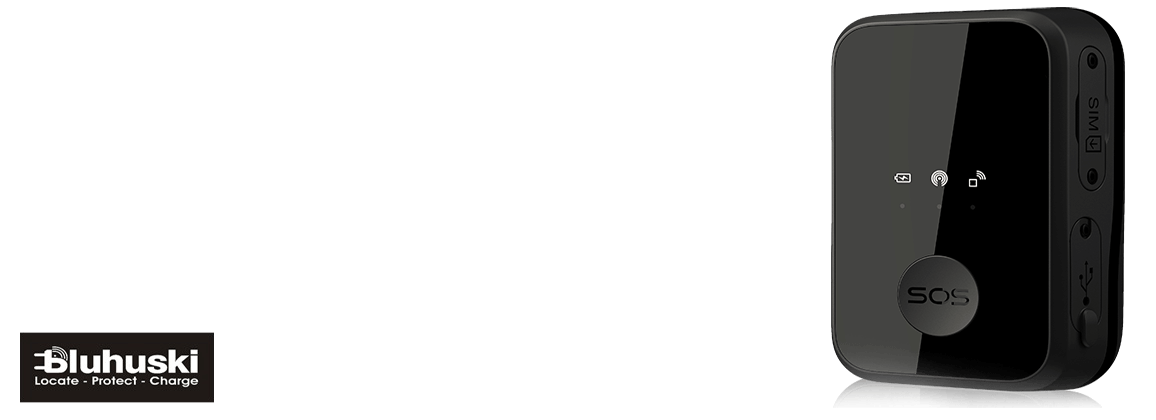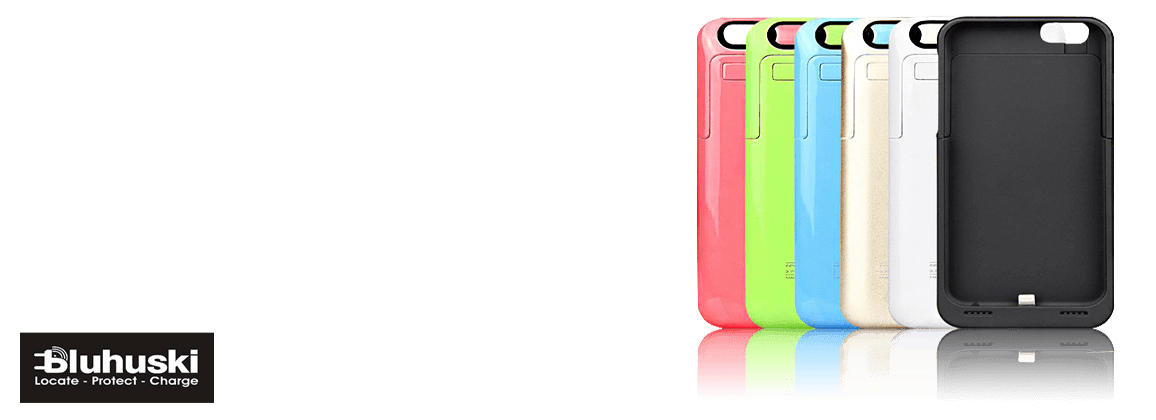GPS Tracking laws, UK
The law in the UK has not specifically addressed the use of GPS Trackers and GPS Tracking, but several laws may affect the use of this technology as a surveillance tool.
Data Protection Act 1998
It is clear that if client instructions (written or digitally transmitted) that identify a person and a vehicle are combined with a tracker, the information gathered by the tracker becomes personal data as defined by the
Data Protection Act 1998. The document “What is personal data? – A quick reference guide” published by the
Information Commissioner's Office (ICO) makes clear that data identifying a living individual is personal data. If a living individual can be identified from the data, with or without additional information that may become available, is personal data.
Identifiability
An individual is
identified if distinguished from other members of a group. In most cases an individual’s name together with some other information will be sufficient to identify them; but a person can be identified even if their name is not known. Start by looking at the means available to identify an individual and the extent to which such means are readily available to you.
Does the data ‘relate to’ the identifiable living individual, whether in personal or family life, business or profession?
Relates to' means: Data which identifies an individual, even without an associated name, may be personal data which is processed to learn or record something about that individual, or the processing of information that has an impact on the individual. Therefore, data may ‘relate to’ an individual in several different ways.
Is the data ‘obviously about’ a particular individual?
Data ‘obviously about’ an individual will include his medical history, criminal record, record of his work, or his achievements in a sporting activity. Data that is not ‘obviously about’ a particular individual may include information about his activities. Data such as personal bank statements or itemized telephone bills will be personal data about the individual operating the account or contracting for telephone services. Where data is not ‘obviously about’ an identifiable individual it may be helpful to consider whether the data is being processed, or could easily be processed, to learn, record or decide something about an identifiable individual. Information may be personal data where the aim, or an incidental consequence, of the processing, is that you learn or record something about an identifiable individual, or the processing could have an impact on, or affect, an identifiable individual. Data from a Tracker would be to identify the individual or his activities. It is therefore personal data within the meaning of the Data Protection Act 1998.
Any individual who wishes to gather personal data must be registered with the
Information Commissioner's Office (ICO) and have a DPA number. It is a criminal offence to process data and not have a DPA number.
Trespass
It may be a civil trespass to deploy a tracker onto a car not belonging to your client or to yourself. But in the OSC’s annual inspection, the OSC’s Chief Surveillance Commissioner
Sir Christopher Rose stated “putting an arm into a wheel arch or under the frame of a vehicle is straining the concept of trespass“.
However, entering private land of anyone in order to deploy a tracker is clearly a trespass which is a civil tort.
Prevention of Harassment Act 1997
At times, the public misinterprets surveillance, in all its forms, as stalking. Whilst there is no strict legal definition of 'stalking', neither is there specific legislation to address this behaviour. Rather, it is a term used to describe a particular kind of harassment. Generally, it is used to describe a long-term pattern of persistent and repeated contact with, or attempts to contact, a particular victim.
The Protection of Freedoms Act 2012 created two new offences of stalking by inserting new sections 2A and 4A into the PHA 1997. The new offences which came into force on 25 November 2012, are not retrospective. Section 2A (3) of the PHA 1997 sets out examples of acts or omissions which, in particular circumstances, are ones associated with stalking. Examples are: following a person, watching or spying on them, or forcing contact with the victim through any means, including social media.
Such behaviour curtails a victim's freedom, leaving them feeling that they constantly have to be careful. In many cases, the conduct might appear innocent (if considered in isolation), but when carried out repeatedly, so as to amount to a course of conduct, it may then cause significant alarm, harassment or distress to the victim.
It should be noted that the examples given in section 2A (3) is not an exhaustive list but an indication of the types of behaviour that may be displayed in a stalking offence.
Stalking and harassment of another or others can include a range of offences such as those under: the Protection from Harassment Act 1997; the Offences Against the Person Act 1861; the Sexual Offences Act 2003; and the Malicious Communications Act 1988.
Examples of the types of conduct often associated with stalking include: direct communication; physical following; indirect contact through friends, colleagues, family or technology; or, other intrusions into the victim’s privacy. The behaviour curtails a victim’s freedom, leaving them feeling that they constantly have to be careful.
If the subject of enquiry is aware of the tracking, then this may amount to harassment under the Prevention of Harassment Act 1997. There is a case at the Royal Courts of Justice where a private investigator is being sued under this act for the use of trackers. In December 2011, a Claim was brought against Richmond Day & Wilson Limited (First Defendant) and Bernard Matthews Limited (Second Defendant), Britain’s leading Turkey Provider.
The case relates to the discovery of a tracking device found in August 2011 on a vehicle supposedly connected to Hillside Animal Sanctuary.
Regulation of Investigatory Powers Act 2000
Property Interference: The Home Office published a document entitled “Covert Surveillance and Property Interference, Revised Code of Practice, Pursuant to section 71 of the Regulation of Investigatory Powers Act 2000” where it suggests in Chapter 7, page 61 that;
General basis for lawful activity
7. 1 Authorisations under section 5 of the 1994 Act or Part III of the 1997 Act should be sought wherever members of the intelligence services, the police, the services police, Serious and Organised Crime Agency (SOCA), Scottish Crime and Drug Enforcement Agency (SCDEA), HM Revenue and Customs (HMRC) or Office of Fair Trading (OFT), or persons acting on their behalf, conduct entry on, or interference with, property or with wireless telegraphy that would be otherwise unlawful.
7. 2 For the purposes of this chapter, “property interference” shall be taken to include entry on, or interference with, property or with wireless telegraphy.
Example: The use of a surveillance device for providing information about the location of a vehicle may involve some physical interference with that vehicle as well as subsequent directed surveillance activity. Such an operation could be authorised by a combined authorisation for property interference (under Part III of the 1997 Act) and, where appropriate, directed surveillance (under the 2000 Act). In this case, the necessity and proportionality of the property interference element of the authorisation would need to be considered by the appropriate authorising officer separately to the necessity and proportionality of obtaining private information by means of the directed surveillance.
This can be interpreted to mean that placing a tracker on a vehicle without the consent of the owner is illegal unless you obtain authorisation from the Surveillance Commissionaire under the RIPA 2000 laws. Since a member of the public cannot obtain such authorisations, it is therefore illegal property interference.
Another interpretation is that it is illegal to do so IF you are acting under the instruction of a public authority and you do not obtain authorisation. The legislation makes no mention of property interference for anyone else.
The second interpretation appears to be the valid one. Currently there is no legislation in place that deals with the deployment of trackers in a criminal sense except RIPA 2000 and that RIPA 2000 ONLY applies to those agencies and persons mentioned in it.
Read the full page at -
https://en.wikipedia.org/wiki/GPS_tracking_unit
[social_buttons facebook="true" twitter="true" pinterest="true" google_plus="true" linkedin="true"]


